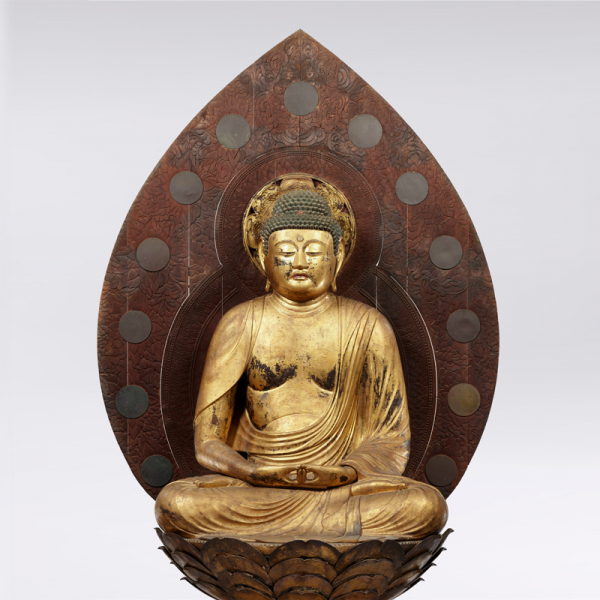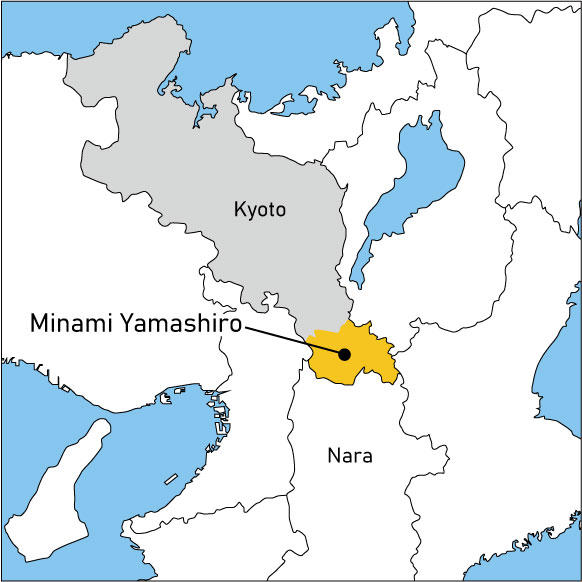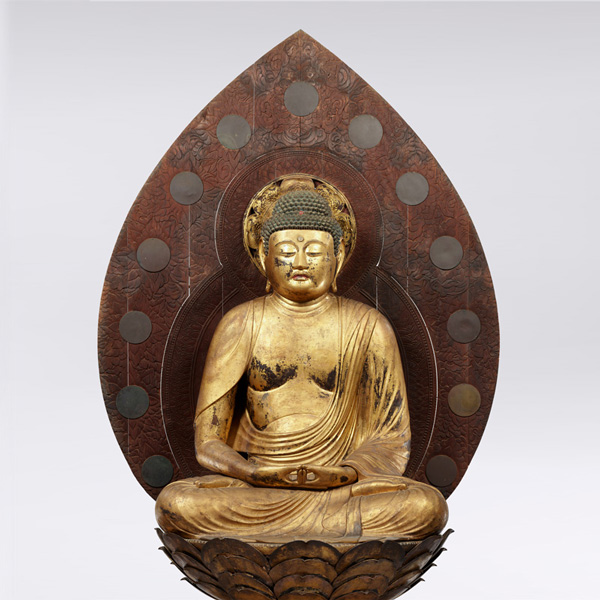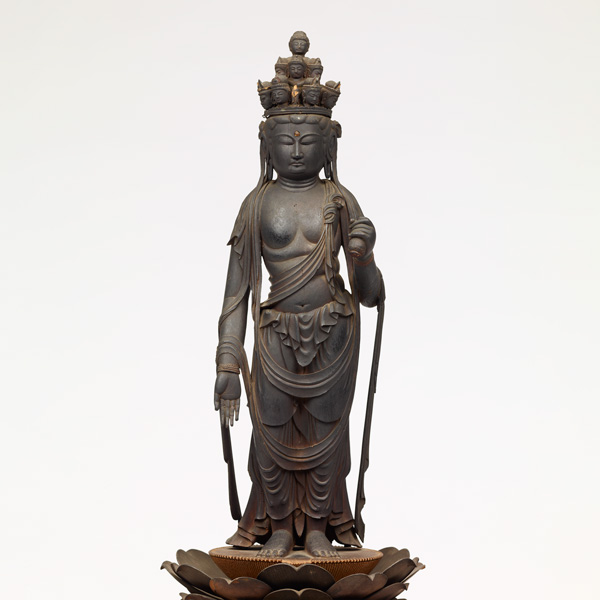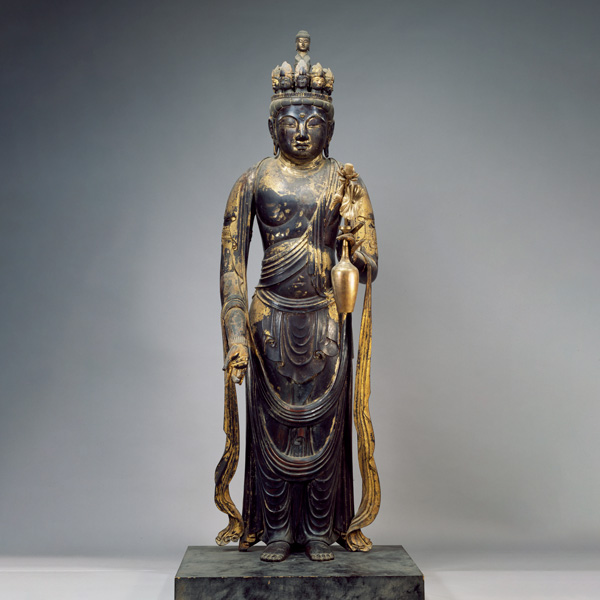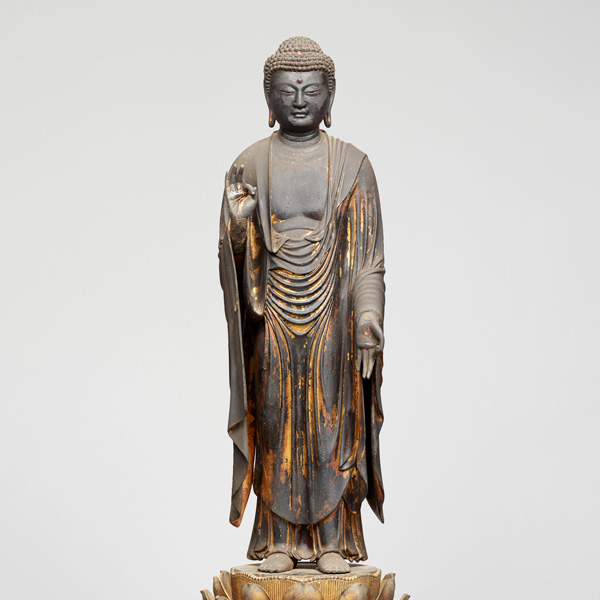Japanese Gallery (Honkan) Room T5
September 16, 2023 (Sat) - November 12, 2023 (Sun)
Minami Yamashiro is an area in the southernmost part of Kyoto Prefecture with the Kizu River flowing through its center. It was briefly home to the capital of Japan during the Nara period (710–794), and a distinctive Buddhist culture with large temples and deep ties to the nobility developed in the area. During the Heian period, the creation of nine Amida sculptures based on the nine stages of transmigration became popular, and the sculptures at Jōruriji, also known as Kutaiji, are the only extant sculptures of this kind today. The area is also known for distinctive sandalwood sculptures from Kaijūsenji Temple, which overlooks the ruins of the former capital from the mountains, and the large main image of Zenjōji Temple, which was founded by a monk of Tōdaiji Temple.
This exhibition commemorates the completion of the conservation of the nine Amida sculptures of Jōruriji, and explores the history and culture of Minami Yamashiro through it Buddhist sculptures.

